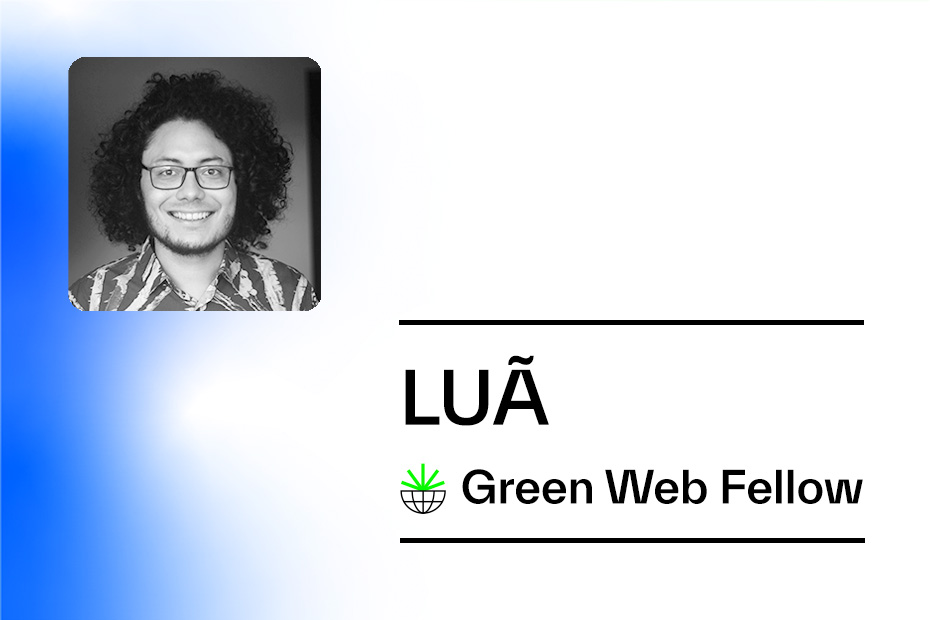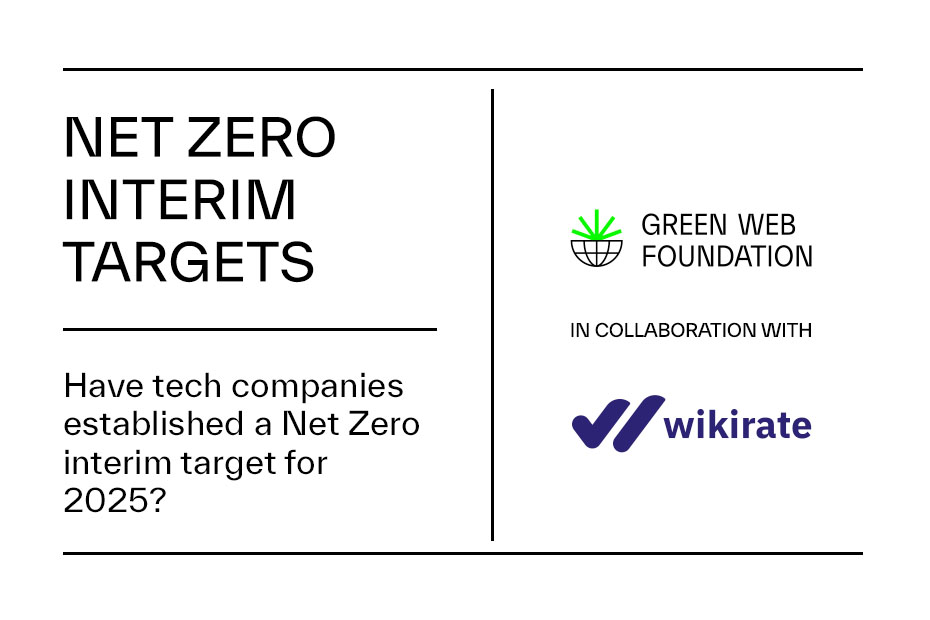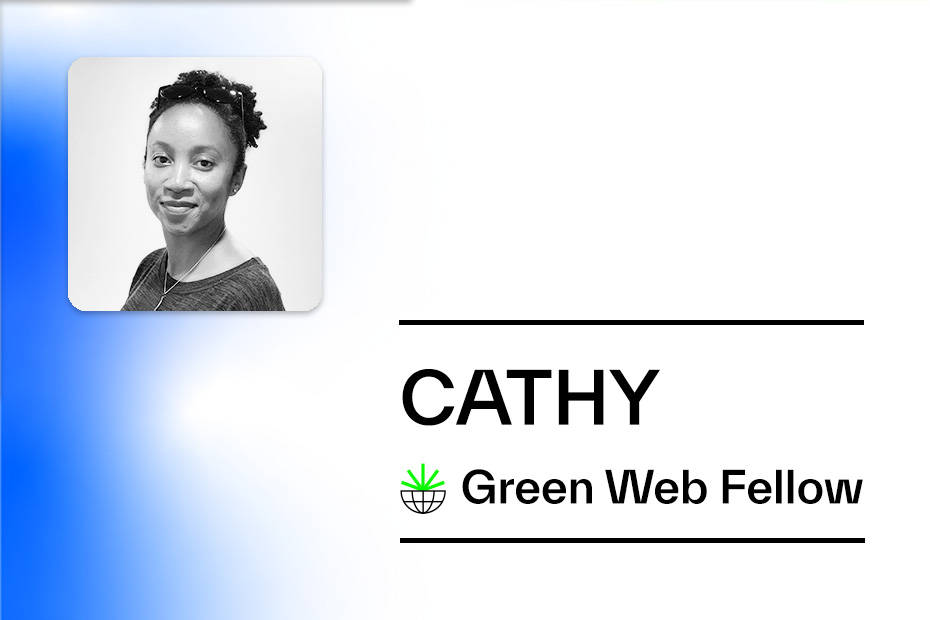When I applied for the Green Web Fellowship, I had planned that I would focus solely on complaints and bad examples about Starlink, since the major newspapers and even activists and experts only concentrated on how satellite connectivity was used by illegal miners and that the owner of the company was one of the worst human beings alive, Mr. Elon Musk.
As I delved deeper into this topic, I realised that, indeed, it wasn’t all roses, but there was much more to be explored, discussed, and put into perspective—in other words, the issue was much deeper than it seemed.
ALL THAT GLITTERS IS NOT GOLD
During my fellowship, I traveled to Manaus and spoke with community leaders who described the billionaire’s internet in terms that were a bit startling to my ears: “revolutionary,” “magnificent,” “savior.” And yes, that is indeed what has been happening, especially when it comes to connectivity that has helped with territorial monitoring, access to medical and educational services, communication that saves hours and hours of boat travel, and even to assist government agencies, such as the ICMBio (Chico Mendes Institute for Biodiversity Conservation), that borrows the antennas for their activities.
This trip to my hometown was a surprising experience, allowing me to listen directly to amazing people, such as Elizangela Cavalcante, about the impact of connectivity advancements on these remote communities. But once again, I realised that the arrival of Starlink is more complex than expected.
The first question that arose is: How did we get here? And the answer is the same as for many other problems that plague the Amazon region: the state’s neglect in terms of inclusive policies and the state’s action towards favoring the private sector. Besides never giving due attention to the right to communication for the people who live there — an essential issue for land defense — the state has also decided to prioritise other interests, international ones, ranging from telecommunications companies to the agribusiness sector.
In the Amazon, where systemic exclusion from public and political life is prevalent, communication in these territories serves as a form of resistance, enabling communities to occupy spaces long denied to them and to express their thoughts, plans, and dreams despite efforts to silence them. For the local population, the right to organize, express, and participate in public decisions is synonymous with resisting and existing.
However, to this day, it seems that the government will connect cattle, farms, and tractors more quickly than its own population, especially the indigenous, quilombola, and riverside communities. This is evident in the influence of the agribusiness sector on Universal Service and Access Funds (USAFs), the Rural + Conectado policy, and an excessive focus on 5G, leaving fixed broadband sidelined.
The neglect has led to a rather strange partnership, called Conexão Povos da Floresta (‘Forest People Connection‘), where the largest representative entities of the Amazonian peoples (COIAB, Conaq, and CNS) are receiving “energy and connectivity kits” funded by notorious destroyers of the Amazon and various other Brazilian biomes, such as JBS, Hydro, Santander and Vale.
From this impasse, another personal question arises: Who am I to say how these communities and peoples should connect? Indeed, I neither have (nor intend to have) the legitimacy to assert or suggest anything. However, it doesn’t hurt to issue a warning, because what we have already experienced in urban and connected regions with the advent of connectivity is quite visible: personal vices, erosion of democracy, breaking of emotional bonds, cultural homogeneity—the list is long.
And even though Forest People Connection does not mention the perverse and negative effects of connectivity in its promotional videos, I heard from community leaders that such impacts are already being felt in groups that have started using Musk’s faster internet. Unrestrained screen time among the youth, consumption of pornography by men (and the consequent domino effect on the women of the community), rapid dissemination of fake news—nothing that connected non-indigenous people don’t already know. But when this happens in territories that have historically fought for their physical and cultural preservation, everything becomes more complex and makes me wonder if bringing these issues and perils is also the goal of JBS, Hydro, Santander, and Vale in financing the Starlink antennas for these communities. Sometimes I think it’s a conspiracy theory, but it could very well be an actual conspiracy.
READING, LISTENING AND WARNING
All these personal questions are also the result of some small but important lessons I’ve learned over the past six months. Being humble in listening, while also presenting and showing the possible negative impacts of connectivity via Starlink, is an effort that requires careful handling to approach the critical discourse in a more gentle/delicate/nuanced way. It was also extremely important to go to the territories to validate the hypotheses about the negative impacts I had when I started the research.
An example of what not to do happened recently when a very well-written report by Jack Nicas of The New York Times was replicated in an extremely racist manner by newspapers like the New York Post and TMZ, as well as dozens of Brazilian websites. They aggregated the article under a headline that falsely claimed that the indigenous people quickly became addicted to pornography. Many of these sites used photos of these communities, creating videos and memes—something extremely unscrupulous that reaffirms the need to handle this topic with the responsibility it deserves.
THE TRANS-AMAZONIAN HIGHWAY 2.0
As it is such a recent event, I also realise that perhaps the negative impacts are not yet so visible. Unlike what happened with the bloody Trans-Amazon Highway, where the clearing of millions of hectares of forests and the deaths of 8,000 indigenous people were felt before and during the establishment of the highway, now we face a quieter but equally life-threatening arrival.
The Trans-Amazon Highway left a legacy of degradation and poverty that still affects the region. Starlink, in turn, is likely to repeat these mistakes because it is a company that – even though it focuses on remote and difficult-to-access regions – does not even consider the environmental and social impacts on the communities that will use it, exacerbating existing problems and creating new challenges.
Drawing parallels between historical and modern infrastructure projects reveals the continuation of colonial patterns. For instance, the construction of hydroelectric dams, such as the Tucuruí Dam, conceived during the military dictatorship, violated human rights under the guise of generating wealth for a few while leaving those affected by the dams in poverty and with denied rights.
These historical analogies highlight the persistence of colonialism, where powerful actors use financial resources and strategic relationships within the political spheres to advance their interests. Similar patterns were observed with the introduction of electricity, showing that technological advancements can perpetuate colonial patterns of exploitation and control, rather than simply bringing unmitigated benefits.
In this sense, the arrival of Starlink could be seen by some as a new and unique development, but it is essentially a reconfiguration of the same colonial dynamics of exploitation and marginalisation, now operating in a globalised digital economy with different actors and influences.
It’s equally important to recognize that today’s communities are not just passive victims of a repeating cycle. They actively engage with new technologies and global networks, sometimes finding innovative ways to use these tools for their benefit. Communities have shown resilience and adaptability in the face of such changes, often finding ways to integrate new technologies in ways that support their needs and goals. However, this resilience should not be taken as a justification for disregarding the potential harms and the need for a more cautious approach to technological implementation.
WHAT’S NEXT? KEEPING TRACK STARLINK’S IMPACT ON THE AMAZON
Looking ahead, I aim to amplify my message through various channels such as blog posts (like this one), detailed data collection, and creating infographics to raise awareness. As we approach the local elections in 2024, a key focus could be to highlight the impact of the arrival of this fast connectivity and its connection with the spread of mis/disinformation in the region.
By following the money trail, I also have the desire to uncover the true motivations behind the mining and agribusiness companies funding Starlink for remote communities, questioning whether their contributions represent phony ESG practices and mere greenwashing discourse, or if they are evil tactics aimed at leading to the erosion of local identities and environments.
Considering all of that, and inspired by the Charter of Recommendations for Digital Policies in the Amazon, I hope to establish partnerships with underfunded local organisations to enhance their capacity and influence in tracking Starlink’s impact on the Amazon. Being present in the territory, and understanding local dynamics, are essential tools for a detailed analysis of this scenario. This is also also important to present adequate and rapid solutions that should be taken by the public bodies that continue to be absent from this debate. Sadly, even when the government is present, with broadband projects distributed along Amazonian rivers, these models that could serve as alternatives to Starlink are still not working, even after their deployment.
I conclude this text and this journey with some recommendations, such as those from Ray Baniwa, from Alto Rio Negro Indigenous Land, who advocates for recognising and addressing the deficiency in internet infrastructure in the Amazon. He emphasizes the importance of investing in improvements to ensure adequate, fair, and equitable connectivity. According to him, this action should also be accompanied by policies that promote and strengthen local and regional initiatives focused on meaningful connectivity, especially in technology and digital security training, with active and broad involvement of indigenous peoples as protagonists.
I also learned a lot from the grassroots communicator Juliana Albuquerque, from the Baré people, who points out that, despite criticisms, Starlink remains the only option helping them guarantee the sovereignty of the Amazon by amplifying their struggle.
She also defends that we need to engage in Wayuri to achieve meaningful connectivity for the peoples of the Amazon. As explained on the Rede Wayuri website:
“‘Wayuri’ means collective work or mutual aid in Nheengatu, one of the four indigenous languages spoken in our region. This spirit of unity and strength guides us: thinking and acting collectively! Whether through sound systems, WhatsApp audio messages, or radio broadcasts, the important thing is to keep our 23 indigenous peoples well-informed and free from fake news!“
So I believe that my next steps will be to try to contribute to making this necessary Wayuri stronger and stronger.
And if you want to have a look at how my final presentation went, check out the video below:



